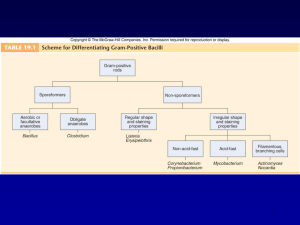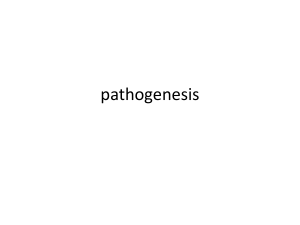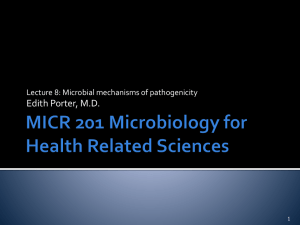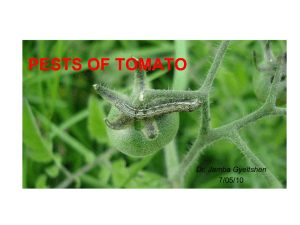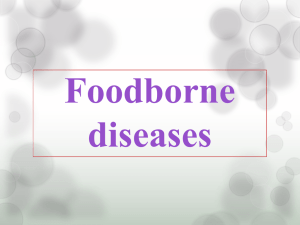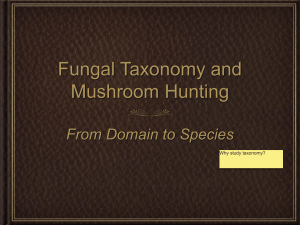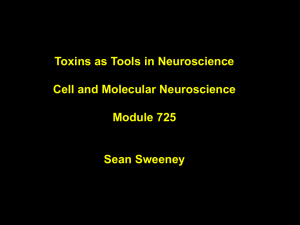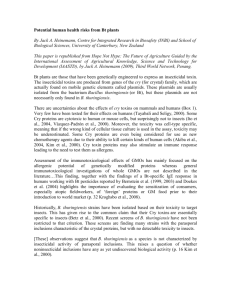Bt - EngineeringDuniya.com
advertisement
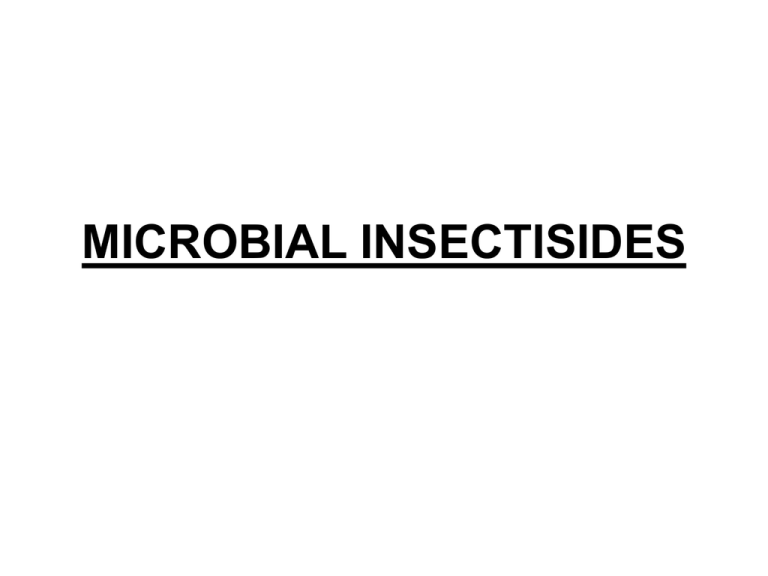
MICROBIAL INSECTISIDES Why these…??? 1. Bacillus thuringiensis • Commonly known as “Bt” • A highly specific insecticidal bacterium • B. thuringiensis subsp. kurstaki & B. thuringiensis subsp. aizawai – Used against caterpillars of the Lepidoptera – as butterflies & moths • B. thuringiensis subsp. israelensis – Used against Diptera – as Simuliid blackfly (Vectors for river blindness in Africa), Fungus gnat larvae & some mosquitoes (as Aedes spp.) • B. thuringiensis subsp. san diego or B.t. var tenebrionis – Used against some Coleoptera – as Colorado potato beetle. • Commercially, available as powders containing a mixture of dried spores & toxin crystals • Applied to leaves, etc where insect larvae feed. • Genetic engineering of the toxin genes into several crop plants (via Agrobacterium). Target pests and crops • American Bollworm (Hellicoverpa armigera) • Pink bollworm (Pectinophera species) • Spotted bollworm (Erias insulana) • Diamond back moth (Plutela xylostella) • Colorado potato beetle (Leptinotarsa decemlineota • Vegetables, fruit, maize, small grain cereals and forests, orchards . Mode of action • Vegetative cells have endospores and crystals of an insecticidal protein toxin. • The crystals are aggregates of a large 130-140 kDa protein: A “protoxin” – to be activated • Under normal conditions, highly insoluble – So, safe to humans, higher animals & other insects. • Solubilised in reducing conditions when pH > 9.5: The condition in the mid-gut of lepidopteran larvae. • Protoxin is cleaved by a gut protease to produce an active 60 kDa toxin: Delta-endotoxin. • Binds to the midgut epithelial cells • Creates pores in cell membranes & leads to equilibration of ions • Gut is rapidly immobilised & the epithelial cells lyse • Larvae stop feeding • Gut pH is lowered by equilibration with the blood pH. • Lower pH enables the bacterial spores to germinate • The bacteria invade the host, causing a lethal septicaemia. • Delta-endotoxin has three domains – Domain I: A bundle of 7 α-helices - Insert into the gut cell membrane, creating a pore through which ions pass freely. – Domain II: Has 3 antiparallel βsheets - Binds to receptors in the gut. – Domain III: A tightly packed βsandwich - Protects the Cterminus end of the active toxin, preventing further cleavage by gut proteases. Bt toxins and their classification • Bt produces 2 types of toxin – Cry (crystal) toxins, encoded by cry genes (> 50 genes !!!!) – Cyt (cytolytic) toxins, to augment Cry toxins Strain development • Cry toxins are encoded by genes on 5-6 different plasmids of Bt • A sea of combinations & Cry toxins – why? – Plasmids can be exchanged between Bt strains by a conjugation-like process – Bt contains transposons (transposable genetic elements that flank genes and that can be excised from one part of the genome and inserted elsewhere) • So, commercially, genetically engineered strains with novel toxin combinations Plants genetically engineered with Bt gene • Genetically engineering to contain the deltaendotoxin gene from Bt • “Bt corn” • “Bt potato” • “Bt cotton” • “Bt soybean” • The "downside“ – Perpetual exposure of insects to toxins – Creates a very strong selection pressure for the development of resistance to the toxins. • Advantages in expressing Bt toxins in transgenic Bt crops: – Level of toxin expression can be very high thus delivering sufficient dosage to the pest – Toxin expression is contained within the plant system and hence only those insects that feed on the crop perish – Toxin expression can be modulated by using tissue-specific promoters – Replaces the use of synthetic pesticides in the environment. In an industrial scale • Produced in controlled fermentor in deep tanks of sterilized nutrient liquid medium • Endotoxins & living spores are harvested as water dispersible liquid concentrates for subsequent formulation. 2. Bacillus sphaericus • Gram-positive bacterium • Used primarily as a larvicide • An obligate aerobe bacterium used as a larvicide for mosquito control • Forms spherical endospores • Can be isolated from soil, leaf surfaces and aquatic systems • Produces a 100 kDa protein that acts as a larvicidal toxin. – Highly effective against the larva of the Wyeomyia mosquitoes, drastically reducing their population. • Effective against Culex spp. • Larvicides are more effective and less toxic than adult mosquito sprays • Unlikely to result in human exposure Mode of action • B. sphaericus spores are eaten by mosquito larvae • Toxins released into the mosquito's gut • Larvae stop eating • Effective against actively feeding larvae, and does not affect mosquito pupae or adults. 3. Bacillus popilliae • Gram-negative spore-forming rod. • Spores of Bacillus popilliae infect larvae of Japanese beetles (Popillia japonica) • Spores, residing in the soil are ingested by beetle larvae • Day 2: Germinate in larval gut. • Day 3-5: Vegetative cells proliferate, attaining maximum numbers. • Day 5-10: Some penetrate the gut wall and grows in the hemolymph • Day 14-21: A few spores form – larva develops the typical milky appearance. • Host dies… • Spores are ingested by Japanese beetle larvae (grubs) • Spores become active bacteria and multiply in the grubs, which continue to live. • Prevents larval maturation. • When the larvae’s bacterial population reaches a high enough density, bacterial spores are released to the soil to await ingestion by future beetle larvae. • Infected beetle larvae die when the spores are released. • Thus, they greatly decrease the numbers of grubs and adult beetles, thereby reducing plant damage. • Spores also infect larvae of some closely related beetles • Advantages – Very narrow host range (they are effective against Japanese beetles, only) – Complete safety for man and other vertebrates – Compatibility with other control agents including chemical insecticides • Disadvantages – High cost of production in vivo, – Slow rate of action, – Lack of effect on adult Japanese beetles – Need for large areas to be treated for effect.


